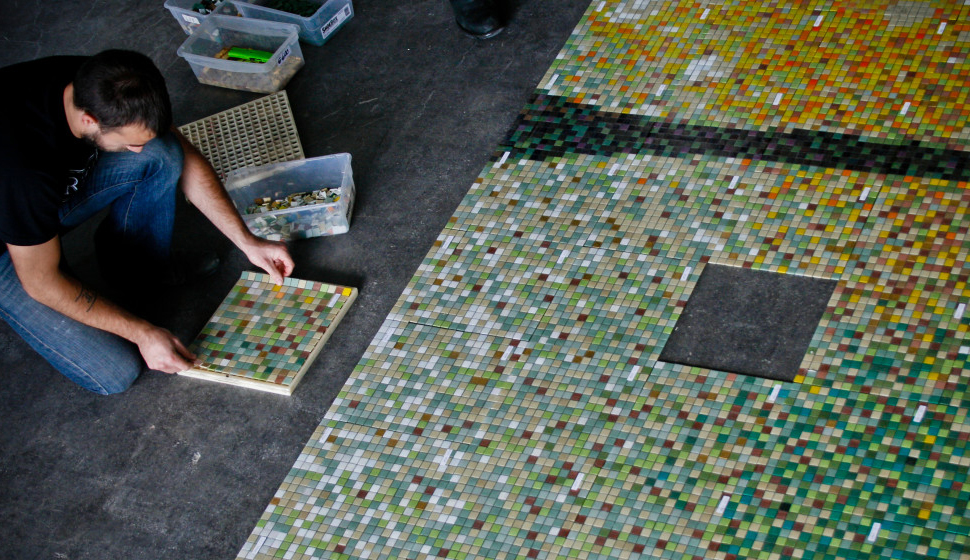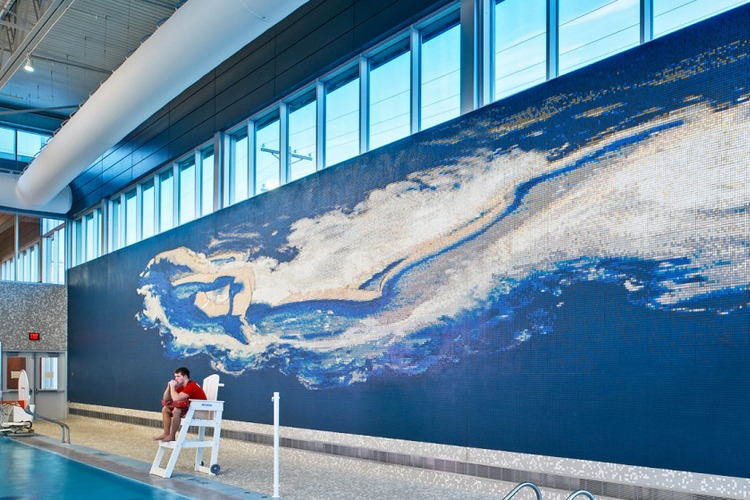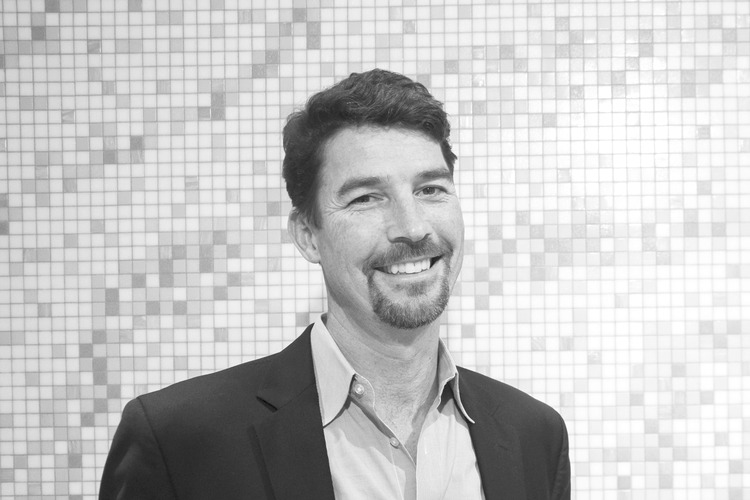Revitalizing Ancient Art with Robotics
-
-
slice.mit.edu
Filed Under
Recommended

Mosaics, a form of art nearly 5,000 years old, spanned the floors and walls of cathedrals and palaces across ancient Greco-Roman empires. Mosaics are rare now, in part, because of increased costs associated with the laborious task of chipping away small pieces of glass, tile, or stone and assembling them into images or patterns. A lover of art and of tools, Ted Acworth MBA '07 knew there must be an easier way to create these masterpieces using modern day tools.
“I know how to do robotics and digital image processing,” says Acworth, “so I figured why don’t I try to bring these modern technologies into this ancient art form to revitalize it and make it more accessible and affordable.”
The idea of merging these two passions was percolating as he completed his MBA at Sloan in 2007. Acworth started Artaic, designing a whole technology system using CAD design to create mosaics, from the software to the tools to the robotic assembly. With a technical background as a trained mechanical engineer—Acworth earned his PhD at Stanford before coming to MIT in 2002 for his postdoc—he sees himself as a tool builder.

A mosaic at Iowa State University created by Artaic from an oil panting using more than 200,000 tiles spanning 1,395 square feet.
“Artaic is really a tool for creative people to design and fabricate beautiful works of art. I’m Just an engineer guy at the service of creatives,” says Acworth, who also worked with NASA on space telescope development. “I joke that I’m the only rocket scientist in the mosaic art world.”
Creating the mosaic starts in the customized software system, Tylist, where users design and render their mosaic artwork digitally. Because part of the mission at Arctaic is not just to revitalize the ancient art form but to make the medium accessible to more artists, the software is even available for download so that any artists and designers can try themselves.

The robotic arm places the correct tile color in the mosaic
Once the design is finished, the tool coordinates with a robotic manufacturing system. The robotic arm receives the data and chooses the proper tile colors to fit into each one-square-foot tile section—each piece to be installed in a specific order to create the beautiful design. “Every one of our mosaics is one of a kind, which is enabled because of the technology,” says Acworth. “The artwork we get to do is so fulfilling—to see these places that are now more beautiful.”
"My mission is to make this beautiful art form more accessible and prevalent," says Acworth.

When Acworth created the business model for Arctaic, he saw commercial—specifically hotels—as their main market, and now works with international brands such as Ritz Carleton, Mandarin Oriental, Hilton and MGM. That market has since grown to include corporations, educational institutions (including MIT), healthcare companies and hospitals, and it is moving into the residential space.
“My mission is to make this beautiful art form more accessible and prevalent. If we’re just doing high-end hotels, I would say we haven’t accomplished our goal,” says Acworth. “But if you make it accessible for people to enjoy in their homes, we’re getting closer.”
Another item on Acworth’s resume: TV show host. As a way to get supplemental income as he got Artaic off the ground, he took a job on the History Channel hosting a show called UFO Hunters for two seasons. “It was a wild experience and just the most unlikely thing,” says Acworth, who is not a UFO believer. “I’m an agnostic, unbiased, objective scientist by training. They wanted to be the first UFO show ever that wasn’t a bunch of believers trying to propagate the myth. I was sold on the idea of bringing science and the scientific method, and the sheer adventure of science, to popular television.”







